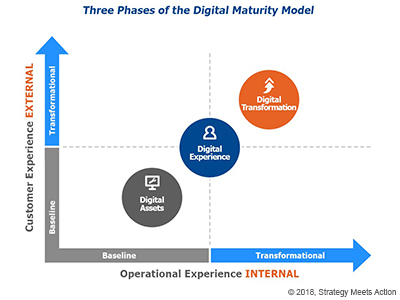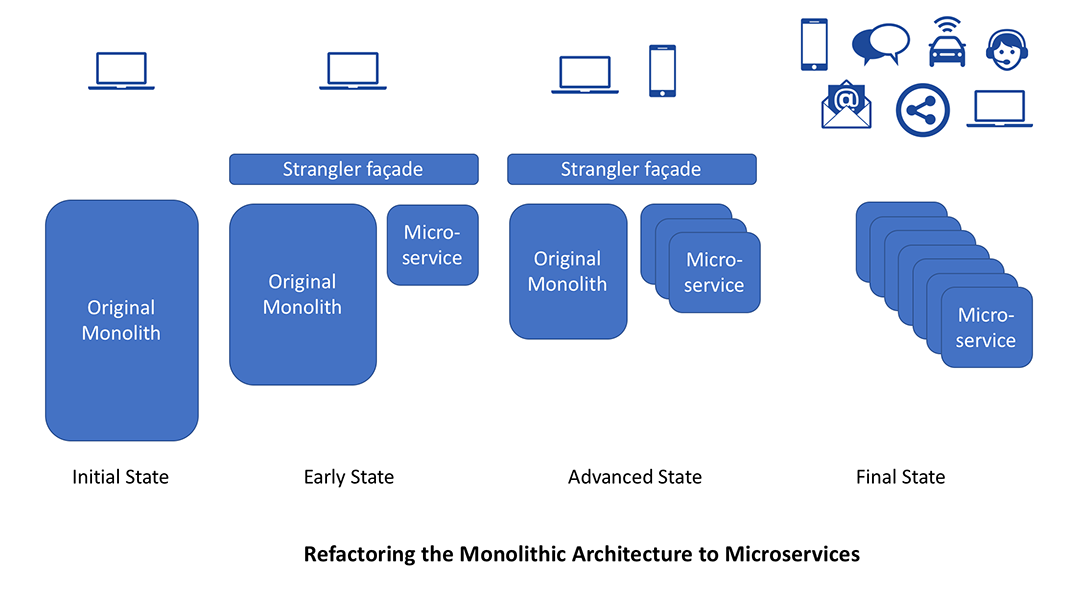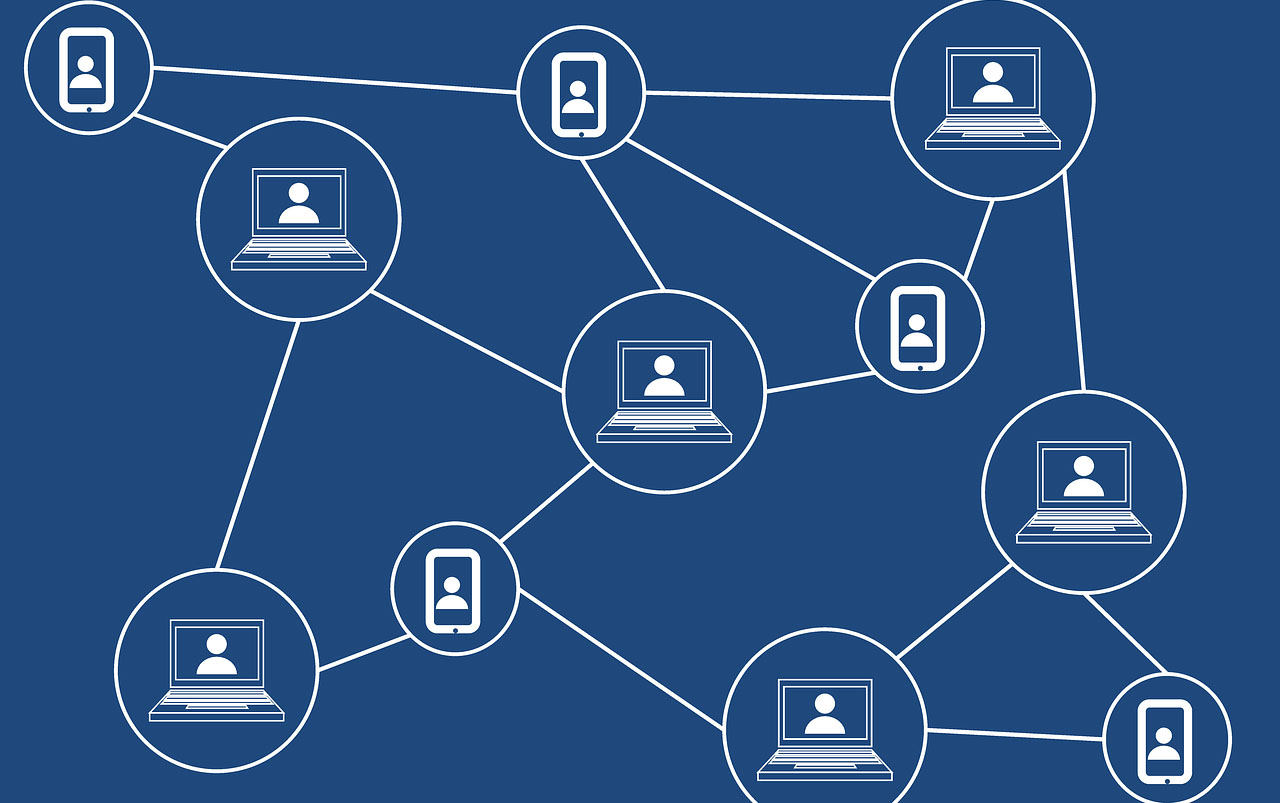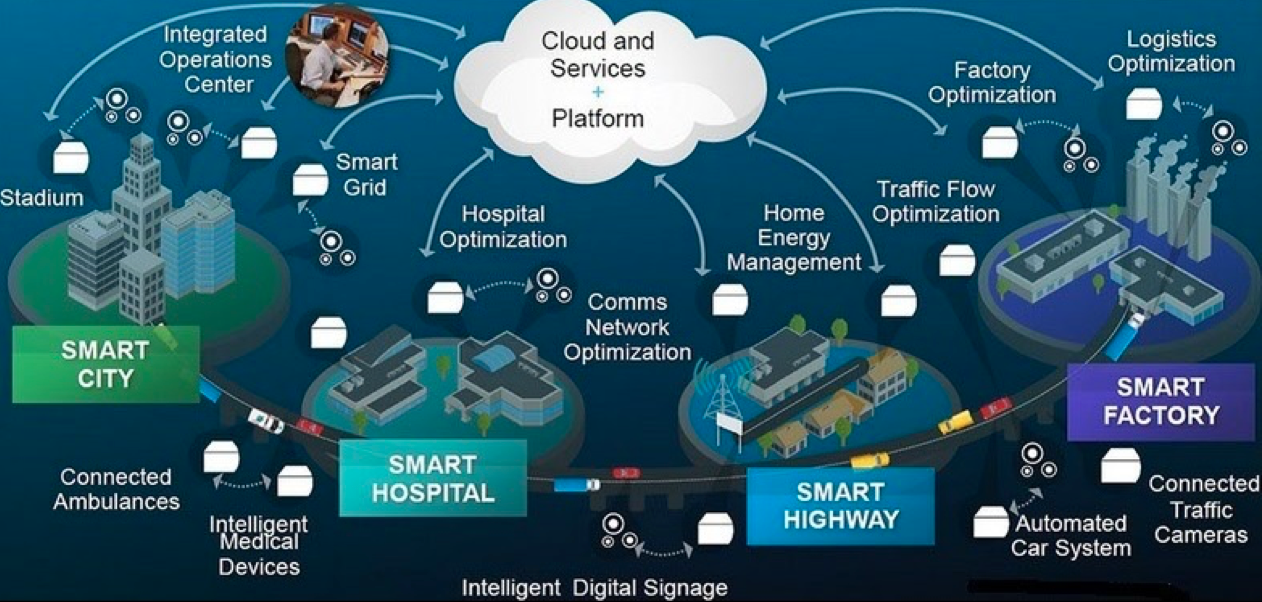Blockchain is not only lousy technology but a bad vision for the future. Its failure to achieve adoption to date is because systems built on trust, norms and institutions inherently function better than the type of no-need-for-trusted-parties systems blockchain envisions. That’s permanent: No matter how much blockchain improves, it is still headed in the wrong direction.
This December, I wrote a widely circulated article on the inapplicability of blockchain to any actual problem. People objected mostly not to the technology argument, but, rather, hoped that
decentralization could produce integrity.
Let’s start with this: Venmo is a free service to transfer dollars, and bitcoin transfers are not free. Yet, after I wrote an
article last December saying bitcoin had no use, someone
responded that Venmo and Paypal are raking in consumers’ money, and people should switch to bitcoin.
What a surreal contrast between blockchain’s non-usefulness/non-adoption and the conviction of its believers! It’s so entirely evident that this person didn’t become a bitcoin enthusiast because he was looking for a convenient, free way to transfer money from one person to another and discovered bitcoin. In fact, I would assert that there is
no single person in existence who had a problem he wanted to solve, discovered that an available blockchain solution was the best way to solve it and therefore became a blockchain enthusiast.
The number of retailers accepting cryptocurrency as a form of payment is
declining, and its biggest corporate boosters, like
IBM,
NASDAQ,
Fidelity,
Swift and Walmart, have gone long on press but short on actual rollout. Even the most prominent blockchain company, Ripple,
doesn’t use blockchain in its product. You read that right: The company Ripple decided the best way to move money across international borders was to not use Ripples.
A blockchain is a literal technology, not a metaphor
Why all the enthusiasm for something so useless in practice?
People have made a number of implausible claims about the future of blockchain—like that you
should use it for AI in place of the type of behavior-tracking that Google and Facebook do, for example. This is based on a misunderstanding of what a blockchain is. A blockchain isn’t an ethereal thing out there in the universe that you can “put” things into; it’s a specific data structure, a linear transaction log, typically replicated by computers whose owners (called miners) are rewarded for logging new transactions.
There are two things that are cool about this particular data structure. One is that a change in any block invalidates every block after it, which means that you can’t tamper with historical transactions. The second is that you only get rewarded if you’re working on the same chain as everyone else, so each participant has an incentive to go with the consensus.
The result is a shared definitive historical record. What’s more, because consensus is formed by each person acting in his own interest, adding a false transaction or working from a different history just means you’re not getting paid and everyone else is. Following the rules is mathematically enforced—no government or police force need come in and tell you the transaction you’ve logged is false (or extort bribes or bully the participants). It’s a powerful idea.
So in summary, here’s what blockchain-the-technology is:
“Let’s create a very long sequence of small files — each one containing a hash of the previous file, some new data and the answer to a difficult math problem — and divide up some money every hour among anyone willing to certify and store those files for us on their computers.”
See also: How Insurance Can Exploit Blockchain
Now, here’s what blockchain-the-metaphor is:
“What if everyone keeps their records in a tamper-proof repository not owned by anyone?”
An illustration of the difference: In 2006, Walmart launched a system to track its bananas and mangoes from field to store. In 2009, Walmart abandoned the system because of logistical problems getting everyone to enter the data, and in 2017 Walmart re-launched it (
to much fanfare) on blockchain. If someone comes to you with “the mango-pickers don’t like doing data entry,” “I know: let’s create a very long sequence of small files, each one containing a hash of the previous file” is a nonsense answer, but “What if everyone keeps their records in a tamper-proof repository not owned by anyone?” at least addresses the right question!
Blockchain-based trustworthiness falls apart in practice
People treat blockchain as a “futuristic integrity wand”—wave a blockchain at the problem, and suddenly your data will be
valid. For almost anything people want to be valid, blockchain has been proposed as a solution.
It’s true that tampering with data stored on a blockchain is hard, but it’s false that blockchain is a good way to create data that has integrity.
To understand why this is the case, let’s work from the practical to the theoretical. For example, let’s consider a widely proposed use case for blockchain: buying an e-book with a “smart” contract. The goal of the blockchain is, you don’t trust an e-book vendor, and the vendor doesn't trust you (because you’re just two individuals on the internet), but, because of blockchain, you’ll be able to trust the transaction.
In the traditional system, once you pay you’re hoping you’ll receive the book, but once the vendor has your money the vendor doesn't have any incentive to deliver. You’re relying on Visa or Amazon or the government to make things fair—what a recipe for being a chump! In contrast, on a blockchain system, by executing the transaction as a record in a tamper-proof repository not owned by anyone, the transfer of money and digital product is automatic, atomic and direct, with no middleman needed to arbitrate the transaction, dictate terms and take a fat cut on the way. Isn’t that better for everybody?
Hmm. Perhaps you are very skilled at writing software. When the novelist proposes the smart contract, you take an hour or two to make sure that the contract will withdraw only an amount of money equal to the agreed-upon price, and that the book — rather than some other file, or nothing at all — will actually arrive.
Auditing software is hard! The most heavily scrutinized smart contract in history had a small bug that nobody noticed — that is, until someone did notice it and used it to steal $50 million. If cryptocurrency enthusiasts putting together a $150 million investment fund can’t properly audit the software, how confident are you in your e-book audit? Perhaps you would rather write your own counteroffer software contract, in case this e-book author has hidden a recursion bug in his version to drain your ethereum wallet of all your life savings?
It’s a complicated way to buy a book! It’s not
trustless; you’re trusting in the software (and your ability to defend yourself in a software-driven world), instead of trusting other people.
Another example: the
purported advantages for a voting system in a weakly governed country. “Keep your voting records in a tamper-proof repository not owned by anyone”
sounds right — yet is your Afghan villager going to download the blockchain from a broadcast node and decrypt the Merkle root from his Linux command line to independently verify that his vote has been counted? Or will he rely on the mobile app of a trusted third party — like the nonprofit or open-source consortium
administering the election or providing the software?
These sound like stupid examples — novelists and villagers hiring e-bodyguard hackers to protect them from malicious customers and nonprofits whose clever smart-contracts might steal their money and votes?? — until you realize that’s actually
the point. Instead of relying on trust or regulation, in the blockchain world, individuals are
on-purpose responsible for their own security precautions. And if the software they use is malicious or buggy, they should have read the software more carefully.
The entire worldview underlying blockchain is wrong
You actually see it over and over again. Blockchain systems are supposed to be
more trustworthy, but in fact they are the
least trustworthy systems in the world. Today, in less than a decade,
three successive top bitcoin exchanges have been hacked, another is
accused of insider trading,
the demonstration-project DAO smart contract got drained, crypto price swings are 10 times those of the world’s most mismanaged currencies and bitcoin, the “killer app” of crypto transparency, is almost certainly
artificially propped up by
fake transactions involving billions of literally imaginary dollars.
Blockchain systems do not magically make the data in them accurate or the people entering the data trustworthy; they merely enable you to audit whether the chain has been tampered with. A person who sprayed pesticides on a mango can still enter onto a blockchain system that the mangoes were organic. A corrupt government can create a blockchain system to count the votes and just allocate an extra million addresses to cronies. An investment fund whose charter is written in software can still misallocate funds.
How then, is trust created?
In the case of buying an e-book,
even if you’re buying it with a smart contract, instead of auditing the software you’ll rely on one of four things, each of them characteristics of the “old way”: Either the author of the smart contract is someone you know of and trust, the seller of the e-book has a
reputation to uphold, you or friends of yours have bought e-books from this seller in the past successfully or you’re just willing to hope that this person will deal fairly. In each case,
even if the transaction is effectuated via a smart contract, in practice you’re relying on trust of a counterparty or middleman, not your self-protective right to audit the software, each man an island unto himself. The contract still works, but the fact that the promise is written in auditable software rather than government-enforced English makes it
less transparent, not
more transparent.
The same for the vote counting. Before blockchain can even get involved, you need to trust that voter registration is done fairly, that ballots are given only to eligible voters, that the votes are made anonymously rather than bought or intimidated, that the vote displayed by the balloting system is the same as the vote recorded and that no extra votes are given to the political cronies to cast. Blockchain makes none of these problems easier and many of them harder—more importantly, solving them in a blockchain context requires a set of awkward workarounds that undermine the core premise. So we know the entries are valid, let’s allow only trusted nonprofits to make entries—and you’re back at the good old “classic” ledger. In fact, if you look at
any blockchain solution, inevitably you’ll find an awkward workaround to re-create trusted parties in a trustless world.
A crypto-medieval system
Yet absent these “old way” factors—supposing you actually attempted to rely on blockchain’s self-interest/self-protection to build a real system—you’d be in a real mess.
Eight hundred years ago in Europe — with weak governments unable to enforce laws and trusted counterparties few, fragile and far between — theft was rampant, safe banking was a fantasy and personal security was at the point of the sword. This is what Somalia looks like now--and what it looks like to transact on the blockchain
in the ideal scenario.
Somalia on purpose. That’s the vision. Nobody wants it!
Even the most die-hard crypto enthusiasts prefer in practice to rely on trust rather than their own crypto-medieval systems. 93% of bitcoins are mined by managed consortiums, yet none of the consortiums use smart contracts to manage payouts. Instead, they
promise things like a “long history of stable and accurate payouts.” Sounds like a trustworthy middleman!
See also: Collaborating for a Better Blockchain
Same with Silk Road, a cryptocurrency-driven online drug bazaar. The key to Silk Road wasn’t the bitcoins (that was just to evade government detection), it was the
reputation scores that allowed people to trust criminals. And the reputation scores weren’t tracked on a tamper-proof blockchain, they were tracked by a trusted middleman!
If Ripple, Silk Road, Slush Pool and the DAO all prefer “old way” systems of creating and enforcing trust, it’s no wonder that the outside world had not adopted trustless systems either!
In the name of all blockchain stands for, it’s time to abandon blockchain
A decentralized, tamper-proof repository sounds like a great way to audit where your mango comes from, how fresh it is and whether it has been sprayed with pesticides. But actually, laws on food labeling, nonprofit or government inspectors, an independent, trusted free press, empowered workers who trust whistleblower protections, credible grocery stores, your local nonprofit farmer’s market and so on do a way better job. People who actually care about food safety do not adopt blockchain because
trusted is better than trustless. Blockchain’s technology mess exposes its metaphor mess — a software engineer pointing out that storing the data as a sequence of small hashed files won’t get the mango pickers to accurately report whether they sprayed pesticides is also pointing out why peer-to-peer interaction with no regulations, norms, middlemen or trusted parties is actually a bad way to empower people.
Like the farmer’s market or the organic labeling standard, so many
real ideas are hiding in plain sight. Do you wish there was a type of financial institution that was secure and well-regulated in all the traditional ways, but also has the integrity of being people-powered? A credit union’s members elect its directors, and the transaction-processing revenue is divided up among the members. Move your money! Prefer a deflationary monetary policy? Central bankers are appointed by elected leaders. Want to make elections more secure and democratic? Help write open source voting software, go out and register voters or volunteer as an election observer here or abroad! Wish there was a trusted e-book delivery service that charged lower transaction fees and distributed more of the earnings to the authors? You can
already consider stated payout rates when you buy music or books, buy directly from the authors or start your own e-book site that’s even better than what’s out there!
Projects based on the elimination of trust have failed to capture customers’ interest
because trust is actually so damn valuable. A lawless and mistrustful world where self-interest is the only principle and paranoia is the only source of safety is a not a paradise but a crypto-medieval hellhole.
As a society, and as technologists and entrepreneurs in particular, we’re going to have to get good at cooperating — at building trust and at being trustworthy. Instead of directing resources to the
elimination of trust, we should direct our resources to the
creation of trust—whether we use a long series of sequentially hashed files as our storage medium or not.

























